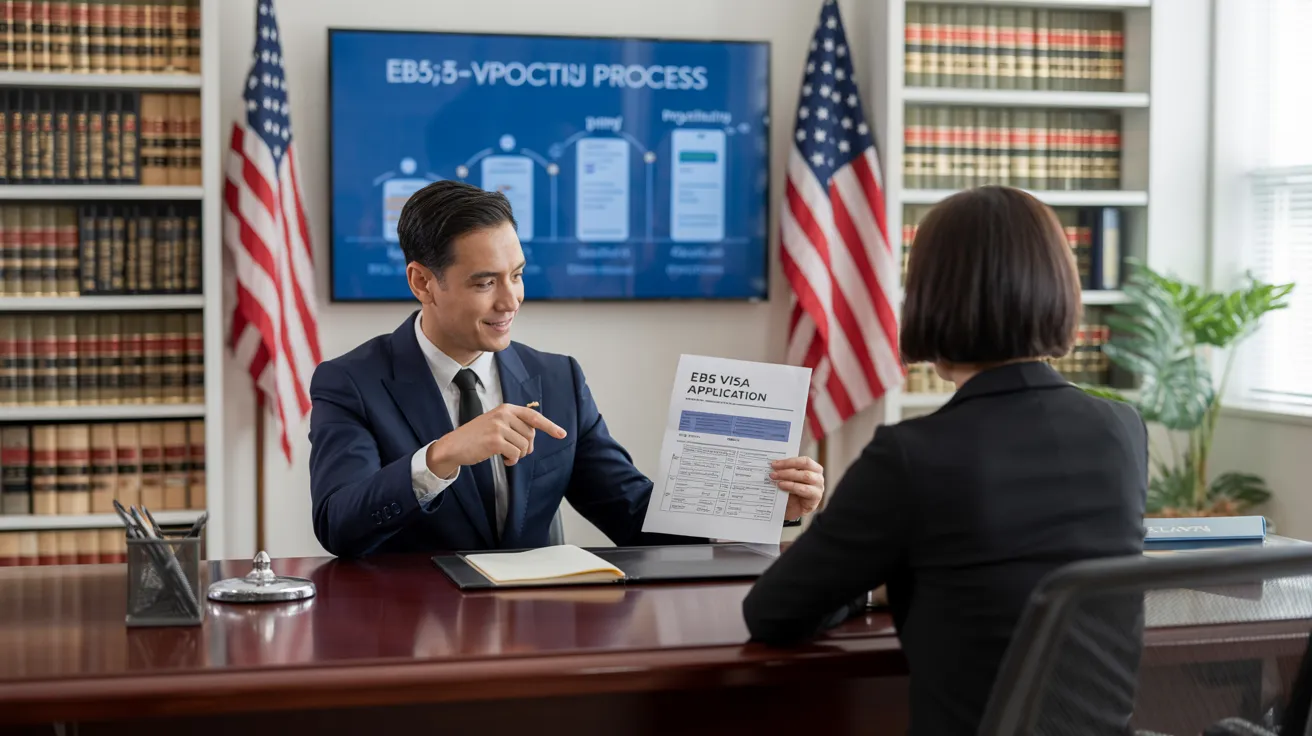L1 Visa Info
Wiki Article
The smart Trick of L1 Visa That Nobody is Discussing
Table of ContentsSome Known Incorrect Statements About L1 Visa Getting The L1 copyright WorkUnknown Facts About L1 VisaFascination About L1 VisaAbout L1 Visa
L-1 visas are available to workers of a global firm with workplaces in both the USA and abroad. L1 Visa. The visa allows such international workers to move to the firm's US office after having actually functioned abroad for the business for at the very least one constant year within the previous 3 before admission in the United StatesOne L-1 visa can enable multiple staff members access right into the United States.
Given that 2000, Indian nationals are the biggest receivers of L-1 visas. The variety of L-1 visas provided to Indian nationals jumped from 4.5 percent in 1997 to 43.8 percent in 2006. In 2019, Indian nationals obtained 18,354 L-1 visas, accounting for 23.8% of all L-1 visas provided in 2019. According to USCIS data, the biggest employers to get L-1 visas in 2019 were Tata Consultancy with 1,542 authorized L-1 visa applications, Infosys with 517, Amazon with 455, Observant with 382, and Deloitte with 305.
Congress created the L-1 visa in 1970. It was introduced as a "noncontroversial change" for international American firms. The initial visa needed that the job tenure correspond directly before applying for the firm transfer. Congress initially did not define "specialized expertise". In 1980, the State Division issued 26,535 L-1 visas.
An Unbiased View of L1 Visa
Significant Indian outsourcing firms such as Tata, Infosys, and Wipro significantly used the L-1 copyright staff American international firms. Fifty percent of Tata's employees brought to the United States came on L-1 visas. The North American Open Market Contract had arrangements concerning intracompany transfers in between the U.S., Canada, and Mexico.In 2003, the Senate Judiciary Committee held a hearing on the L-1 visa. In financial year 2004, the number of L-1B visas exceeded the number of L-1A visas.

Applicants who remain in the USA at the time of the filing of the I-129 can request an adjustment of status from their existing nonimmigrant status (i.e. visitor, pupil, and so on), as long as they are in standing at the time of the declaring of the I-129. If they go out of standing after the declaring, however before approval, there is no negative effect, and the individual does not accrue illegal presence.
Kids of the main L-1 can attend college. The partner of the key L-1 has an automatic right to operate in the USA. Children can decline paid employment. The partner can, but need not, apply with the USCIS for work consent after arriving in the United States and, after issuance of the Employment Permission Paper (EAD, Kind I-765), might thereafter help any kind of company.
The Basic Principles Of L1 Visa
An I-797 Notification of Action revealing the approval of the visa petition does not guarantee that a visa will be released at the United state
/f/84976/1003x1003/0d3a5ff0ea/l1a-visa_-everything-you-should-know-index.png)
The Main Principles Of L1 Visa
For an L-1 visa applicant, "double Intent" is permitted: unlike some courses of non-immigrant visas (e.g., J-1 visas (L1 Visa)), L-1 candidates might not be denied a visa on the basis that they are an intending immigrant to the USA, or that they do not have a house abroad which they do not intend to abandonL-1 status may be renewed and prolonged within the United States. Except when it comes to blanket requests, a new I-129 request have to be filed. Revival in the United States applies to standing only, not the actual visa in the ticket. copyright revival, the applicant must go to a UNITED STATE

Not known Details About L1 Visa
A person in L-1 condition generally may work only for the petitioning company. If the L-1 employee enters based on an L-1 covering, nevertheless, it generally is feasible for the employee to be moved in the exact L1 Visa process same capability to any various other related company noted on the covering. L1 Visa process The L-1 visa program has been slammed for lots of reasons.In one instance, The U.S. Department of Labor fined Electronic devices for Imaging $3,500 for paying its L-1 visa workers $1.21 an hour and working some of them up to 122 hours a week. Some industry agents have actually charged business of using the L-1 program to replace united state workers. Detractors and federal government officials have actually explained how the visa program does not specify "specialized understanding" for international workers in the L-1B visa category.
Report this wiki page